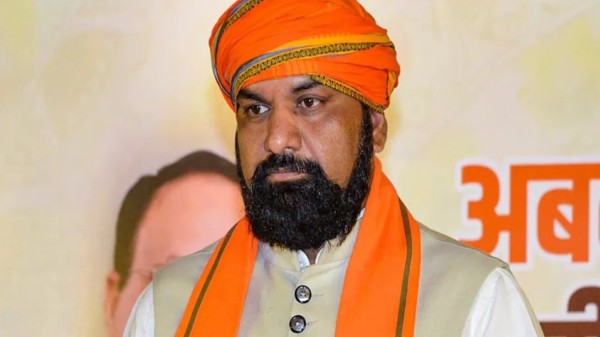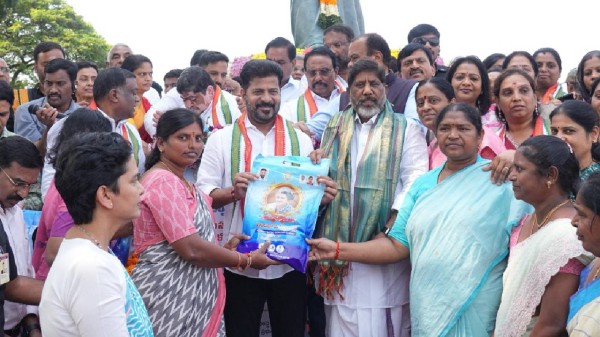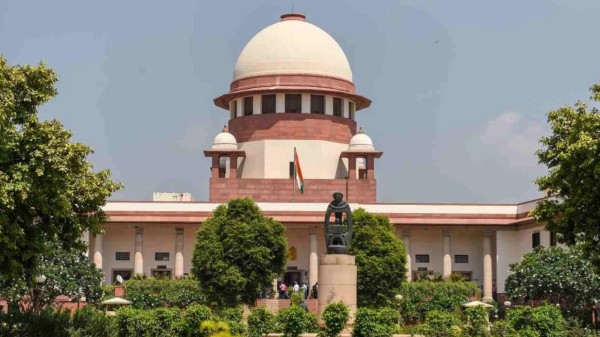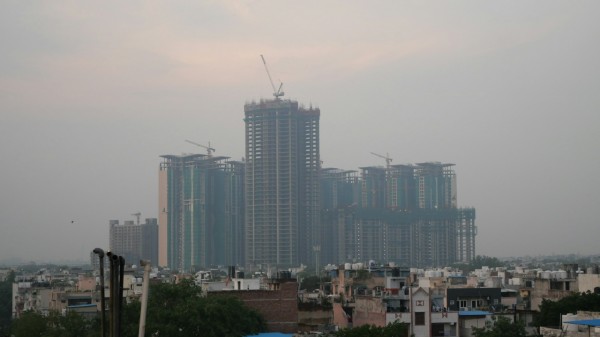

By signing in or creating an account, you agree with Associated Broadcasting Company's Terms & Conditions and Privacy Policy.


By signing in or creating an account, you agree with Associated Broadcasting Company's Terms & Conditions and Privacy Policy.

New Delhi: There is no respite from air pollution in Delhi, as the national capital’s air quality remained hovering in the “very poor” category for the sixth straight day on Wednesday. The Air Quality Index (AQI) was recorded at 391. Data on the Central Pollution Control Board's (CPCB) Sameer app also showed that 18 of the 38 stations registered AQI levels in the 'severe' category.
Amid the dismal scenario, the Supreme Court on Wednesday urged the Commission for Air Quality Management (CAQM). As per the direction, the CAQM was asked to issue directions recommending that schools move their sports activities to months that are pollution-safe.
The court pointed out that permitting such sports activities during November and December "amounts to putting schoolchildren in a gas chamber". This is because the pollution levels reach their zenith during these months.
The direction was passed by a Supreme Court bench comprising Chief Justice of India BR Gavai and Justice K Vinod Chandran. The order followed after Amicus Curiae Aparajita Singh told the apex court that the Delhi government was to hold inter-zonal sports competitions for under-16 and under-14 students during November and December when the air quality levels hit rock bottom. She also underlined that children were the most vulnerable and holding outdoor sports activities during peak pollution season may spark a host of severe health problems.
The latest order to the CAQM comes a little over two weeks after the top court had asked the air pollution monitoring body to file an affidavit listing the steps it has taken till now to prevent air pollution in Delhi-NCR from getting worse. The bench had said then that the authorities must act proactively and not wait for pollution levels to reach a "severe" level.
The directive of Supreme Court comes as the air pollution in Delhi has reached alarmingly high levels. It will peak in December when weather pattern changes further. Children are especially vulnerable to pollution as they breathe quicker than adults. As a result, they breathe in more air and more pollutants go into their lungs. This makes them more exposed to health ailments caused by the toxins, including long-term respiratory and cardiovascular damage. Also, fine particulate matter such as PM2.5 and PM10 tends to concentrate closer to the ground. This means children, as they are shorter in height, face greater direct exposure to these harmful pollutants.
Therefore, holding outdoor sports activities during months when the pollution is at its worst puts children at excessive health peril. The court has rightly noted that this exposes schoolchildren to toxic air in November and December, which is like “a gas chamber”. As it was informed that several school-level competitions were scheduled during the worst pollution period, it has called for shifting sports activities to cleaner months. The order will go a long way in protecting children’s health without being exposed to heightened pollution risks.












